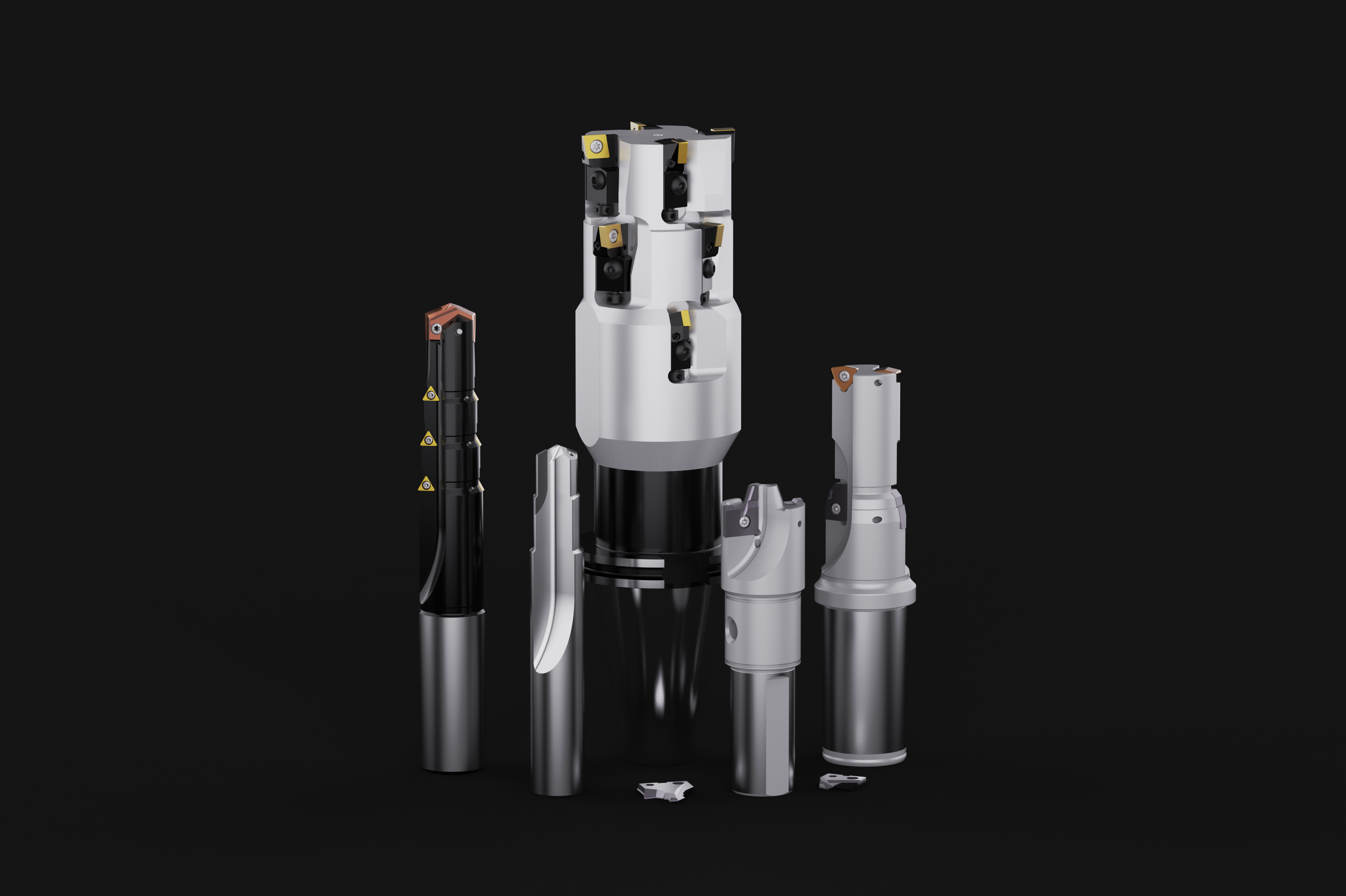How To Machine Composites, Part 2: The Cutting Tool, Workholding and Machine Tool
In carbon fiber reinforced plastic (CFRP), the material removal mechanism is shattering instead of shearing. This makes it different from other machining applications.
#compositesmachining #Basics
Editors note: This is part two of a five-part series. You can find the links to the entire series below.
Part 1: Understanding Composites
Part 2: The Cutting Tool, Workholding and Machine Tool
Part 3: Milling Composites
Part 4: Drilling Composites
Part 5: Waterjet Cutting
Machining of composites may look like machining metal, but that appearance is deceiving.
Parts made of a composite material such as the carbon fiber reinforced plastic (CFRP) increasingly being used for aircraft components can be set up and run on the same machine tools as metal parts. The CFRP might even be machined with similar cutting tools as the metal parts, though this is less likely. As soon as the cutting edge hits the workpiece, however, machining composites is revealed to be fundamentally different. The very mechanism of material removal is different.
Featured Content
In metal cutting, that mechanism is plastic deformation. The material is softer than the tool, and the chip flows over the cutting edge.
But in machining of composites—the focus here will be CFRP—there is no chip to speak of. Instead, the material removal mechanism might be better described as shattering. Rather than shearing material away, the impact of the cutting edge fractures the hard carbon fibers. In the process, the cutting edge undergoes considerable abrasion that can lead to rapid wear.
In any cutting tool application, tool geometry drives cutting performance and tool material drives life. This is true of composites machining as well. However, in composites, tool material also becomes a driver of performance. Composites can cause the tool to wear so rapidly that the geometry can change rapidly as well—unless the edge material can withstand the abrasion well enough to hold its geometry and stay sharp. A common phenomenon in machining composites is the drill that can machine two holes with good exit-side characteristics but shows delamination, splintering or other breakout defects as quickly as the third hole, simply because tool wear has produced a geometry that no longer cuts cleanly.
In a way, machining composites actually turns the machining process upside down, because the burden of the shop’s attention shifts to different parts of the process. An aircraft part machined out of metal might involve a high-power machine tool that relies on just commodity tooling and simple clamps to secure the work. By contrast, milling and drilling of composites can generally be done with a much lighter-duty machine. However, high-end cutting tools are likely to be required, as well as custom-built workholding that closely supports the part throughout the machining process to prevent its thin, rigid walls from vibrating and fraying.
Here is a summary of some of what a CFRP machining process is likely to require:
The Tool Material
Carbide can work, though carbide tools machining composites often have to be changed frequently.
Diamond tooling is likely to last much longer. The choices in diamond tooling for CFRP include diamond grit plated onto a mandrel, diamond coating applied through chemical vapor deposition, or solid inserts made from polycrystalline diamond (PCD).
A more unusual choice developed specifically for composites machining is “veined” diamond tooling, in which a vein of diamond fills an engineered slot in a carbide shank.
The Tool Geometry
The shattering of composites is like the deformation of metal in at least one way: Just as in metal cutting, the energy of the cut is still transformed into heat.
CFRP has a particularly hard time dissipating this heat. No chip is generated to carry the heat away, and the material has low thermal conductivity. The resulting heat buildup poses the danger of melting or otherwise damaging the matrix. Coolant might not help, because coolant might not be allowed in the machining of certain composite parts. Therefore, the tool and the tool path are all that remain to hold down the heat of machining.
Sharp angles are generally one of the keys to accomplishing this. Milling and drilling tools for composites feature high positive rake angles for a quick, sharp, clean cut that keeps heat to a minimum. Such tools also incorporate clearance angles that are sufficient to prevent the edge of the tool from rubbing as it passes.
Workholding
Though the machining operations required for composite parts may be simple—often just drilling and trimming—the fixtures designed to support these parts can be small feats of engineering themselves.
In fact, the fixture for machining a composite part can represent a considerable engineering investment. Clean cutting, without fraying, delaminating or otherwise separating the layers, requires the part to be secured firmly against vibration. Vacuum fixtures form-fitted to the part are typical of composites machining. Shops that opt for mechanical clamping often employ pads to damp vibration.
The Machine Tool
The contoured shapes of composite aircraft parts generally demand a five-axis machine tool. Some shops machining metal parts may use the five-axis machine tools they already have in-house. However, the amount of power and torque required for hogging metal usually is not needed for composites, at least not for CFRP. In fact, CFRP and other composites are often machined efficiently on lighter-duty CNC routers that generally would never see a metal part.
Next: Milling
To learn more about the considerations specifically related to milling composites, read Part 3: Milling Composites.
RELATED CONTENT
-
Drill Deletes Delamination In CFRP
Composites are becoming increasingly common in aerospace applications, and machining new materials can be a challenge for shops used to cutting metal. One such substance, carbon fiber-reinforced plastic (CFRP), can be difficult to drill because tools often “push” through the material rather than executing a cle
-
Getting To Know “Black Aluminum”
An introduction to CFRP
-
Cryogenic Machining of 787 Fuselage
Starting early next year, Boeing South Carolina will mill and drill composite fuselage sections for the 787 Dreamliner through cryogenic machining.


.JPG;width=550;quality=60)
.jpg;width=860)
.JPG;width=860)
.JPG;width=860)
.JPG;width=860)
.JPG;width=860)
.jpg;width=70;height=70;mode=crop)
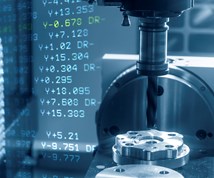

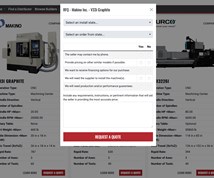

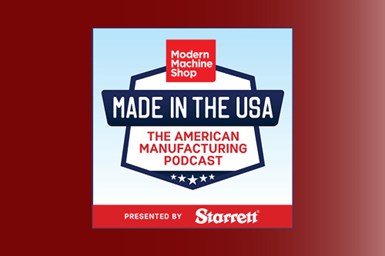
.1692800306885.png)

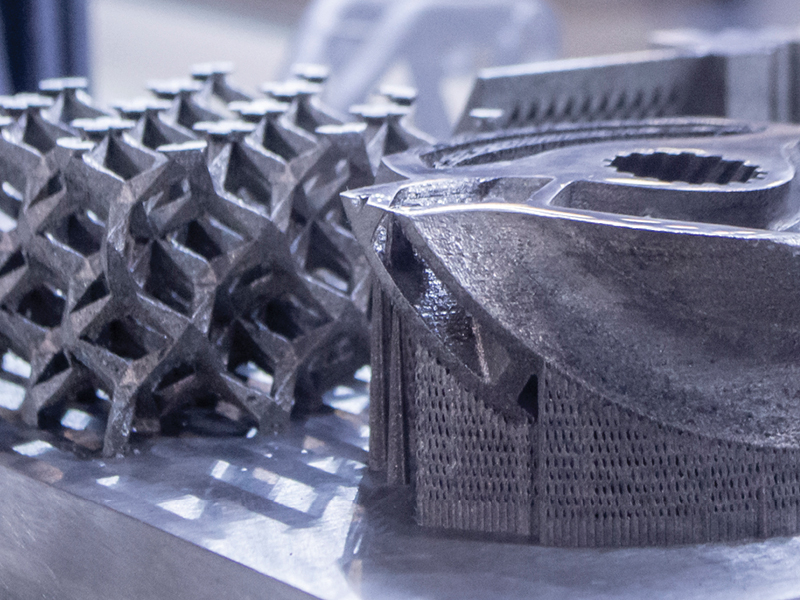
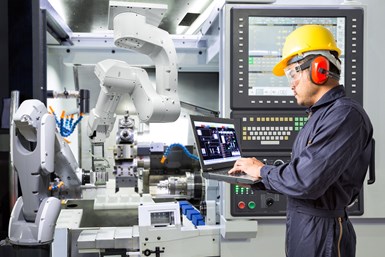

.1687801407690.png)
